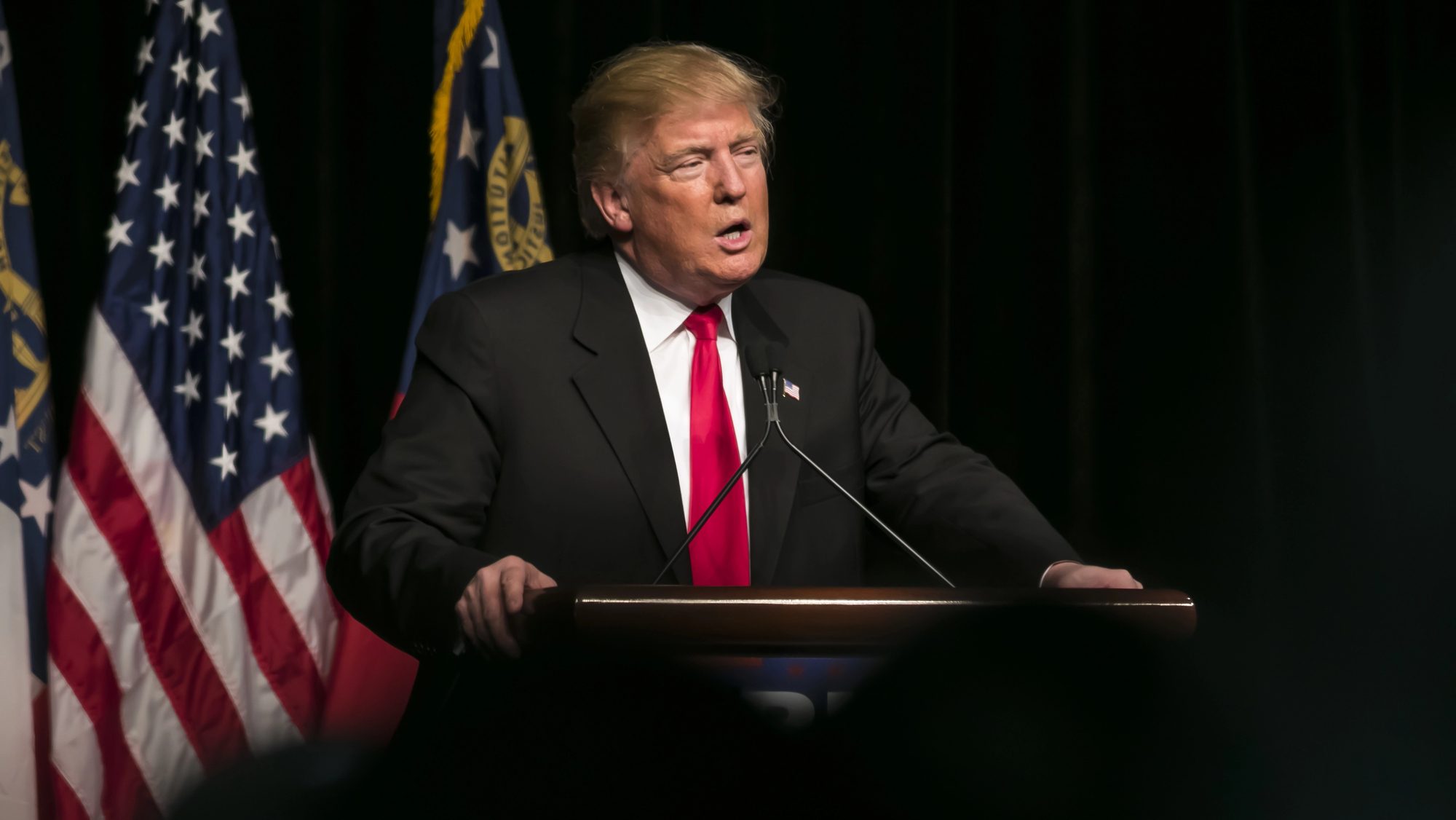The 19th-century British Prime Minister Lord Palmerston once said: “We have no eternal allies, and we have no perpetual enemies. Our interests are eternal and perpetual, and those interests it is our duty to follow.” That, in essence, lies at the heart of today’s trade tensions.
Singapore Prime Minister Lawrence Wong has voiced concern over the tariffs imposed by US President Donald Trump — a natural stance for the leader of a small, open economy that relies heavily on global trade. China, too, has criticised the tariffs, which disrupt the very system that has fuelled its rise as the world’s leading exporter.
Trump, however, argues that countries have been enriching themselves by exporting to the US while denying American companies equal access to their markets. To curb the resulting trade deficit, he has turned to tariffs.
‘The US has legitimate concerns’
“The United States does have legitimate concerns,” says Maria Pagan, the most recent US ambassador to the World Trade Organisation (WTO), in an essay for the Hinrich Foundation, an Asia-based non-profit that promotes sustainable global trade. She explains why the US is frustrated with the WTO — but also why it should not abandon it.
“Up until very recently, the United States has maintained a very open economy with low tariffs”, unlike many other WTO members, she writes. America, she argues, operates one of the world’s most transparent trading systems, while even basic information is hard to obtain about many others — especially China.
“We welcomed China into the WTO in 2001 with faith and hope that its non-market economy would evolve into one more aligned with the open-market models upon which WTO rules are based. That has not happened,” she observes. “Rules written for market economies do not apply in the same way to non-market, non-transparent ones. Is it fair to accuse the US of retreating from global norms when those norms fail to address the very real challenges posed by China’s economic practices?”
Still, Pagan maintains that the US should remain in the WTO, noting that Washington needs multilateral support to achieve many of its goals. But she is candid about the WTO’s limitations: “Every negotiation begins with developing countries asking for carve-outs or flexibilities,” she says — pointing out the irony that China, the world’s second-largest economy and top manufacturer, still claims developing-country status.
US and China trade figures
Trump’s anger is not without basis. According to the UNCTAD Stat Data Centre, the US recorded $2 trillion in merchandise exports and $3.1 trillion in imports in 2023 — a $1.1 trillion deficit. Services offered some relief, with $1 trillion in exports versus $0.75 trillion in imports, yielding a $0.25 trillion surplus — still far short of offsetting the merchandise trade gap.
By contrast, China exported $3.3 trillion worth of goods and imported $2.5 trillion, producing a $0.82 trillion surplus. Its services trade recorded a deficit — $0.38 trillion in exports against $0.55 trillion in imports — but this was easily eclipsed by its merchandise surplus.
One might argue that the US and China’s trade patterns reflect their respective strengths: America excels in services and technology, China in manufacturing. Yet complaints have been mounting — from the US to the European Union — about Chinese state subsidies enabling firms to dump goods abroad below cost, undermining competition and crippling local industries.
Something had to give — and Trump, in characteristic fashion, unleashed tariffs. This unprecedented move by the world’s largest economy shook global trade to its core.
‘Nothing wrong’ with trade deficits
Singapore’s Prime Minister Lawrence Wong, dismayed by these developments, told Parliament on April 9: “There is nothing inherently wrong about running a trade deficit.” Many economists would agree. But if that’s the case, why do countries still strive to boost exports? And can a trade-dependent nation like Singapore afford a deficit?
In 2024, Singapore recorded a merchandise trade surplus of S$63.1 billion, with exports totalling S$674.5 billion and imports S$611.4 billion, according to Singstat. It also ran a services surplus of S$59.4 billion, with S$528.6 billion in exports and S$469.2 billion in imports.
Mr Wong may argue that trade deficits are not inherently bad, but Singapore has enjoyed a largely unbroken run of trade surpluses. The current 4G leadership has not faced prolonged economic adversity, save for the COVID-19 recession of 2020. During the 2008 global financial crisis, Singapore still managed a trade surplus: exports stood at $341.1 billion and imports at $323 billion, according to the World Integrated Trade Solutions (WITS) database.
The US, in contrast, has long grappled with trade deficits. While these have been a matter of concern, Trump has aggressively confronted the issue. Whether his approach proves effective or reckless remains to be seen. What is certain is that bilateral deals being struck in the wake of his tariffs are reshaping the global economic landscape. /TISG
Featured image by Depositphotos (for illustration purposes only)

